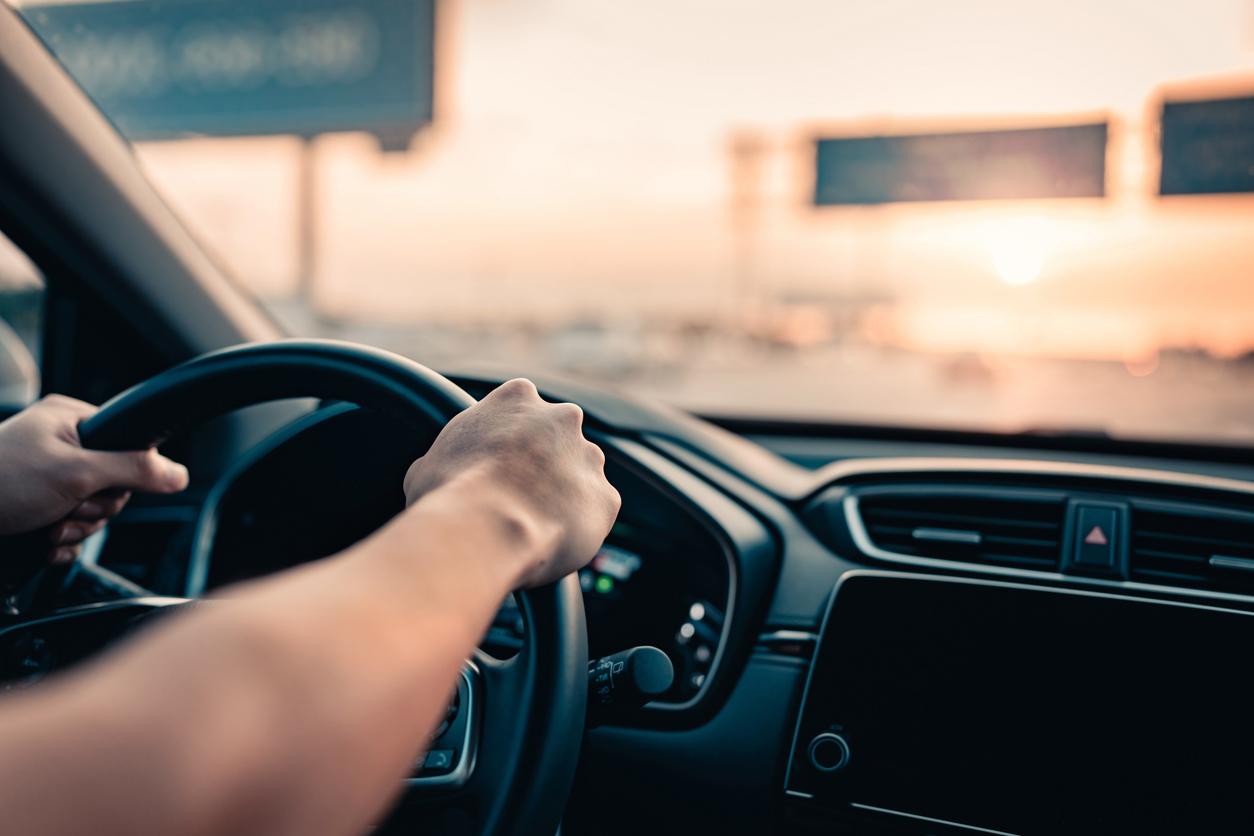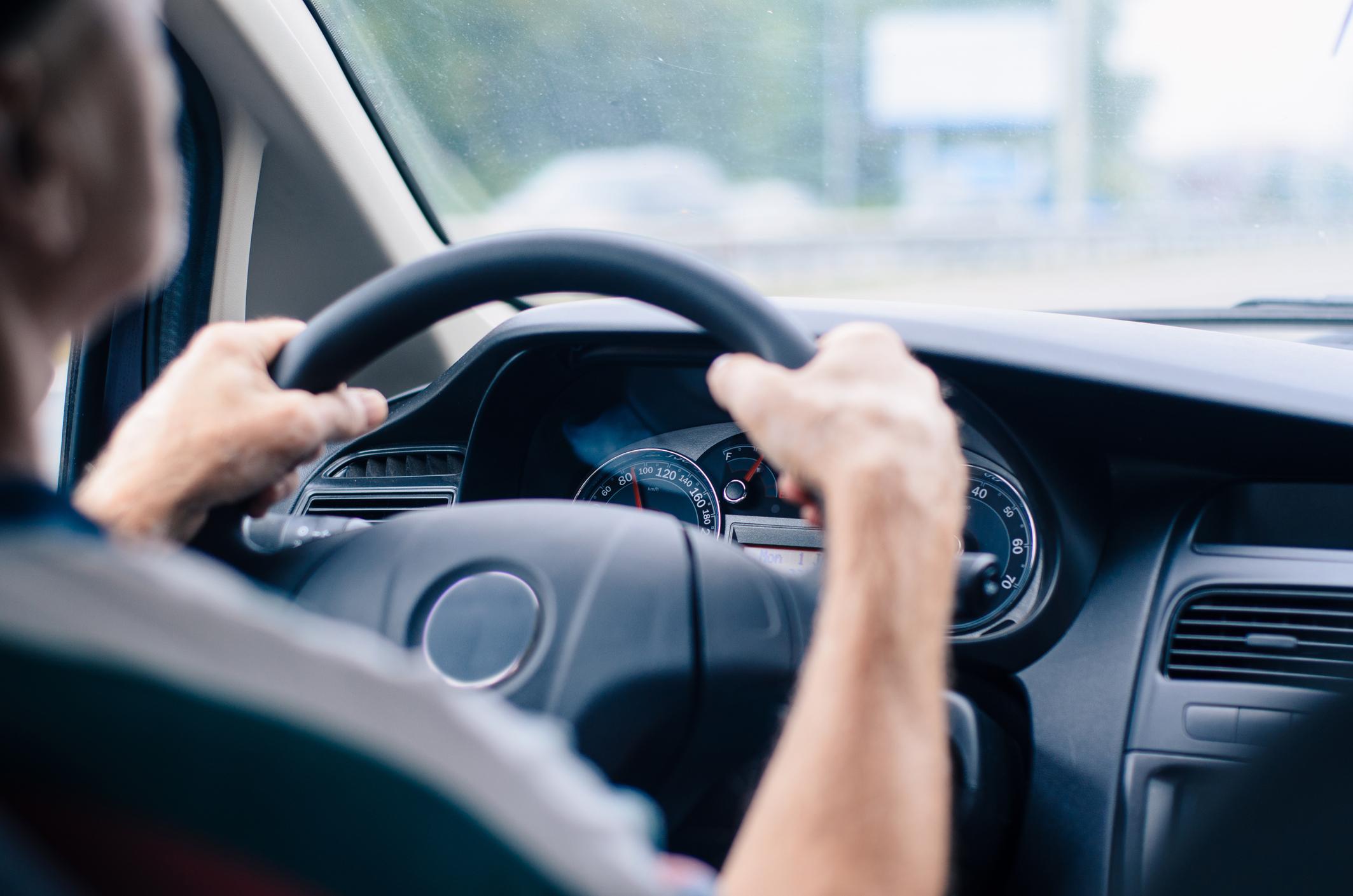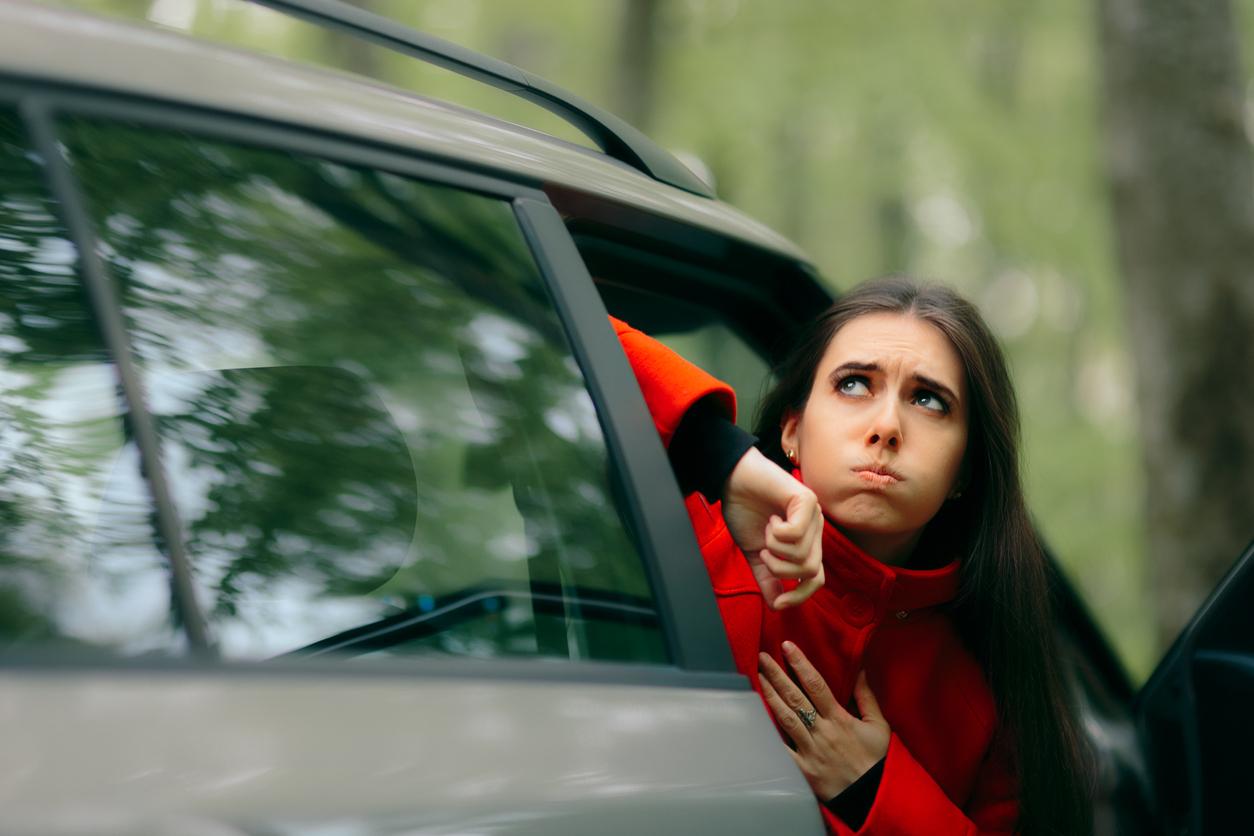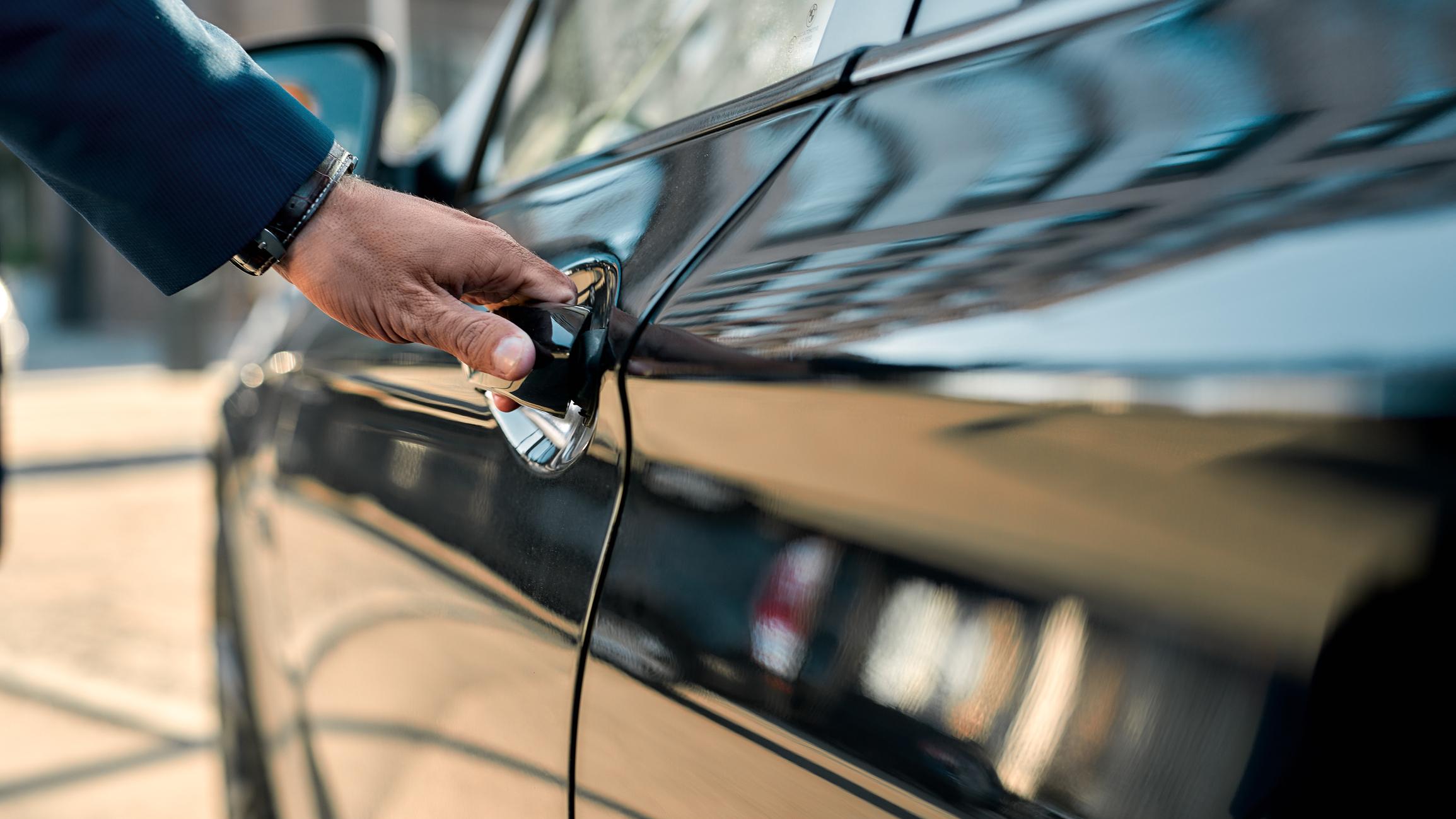
During the holidays, a conversation about the route can easily get bogged down in an argument. With a navigation system, the whole journey is – hopefully – peace and quiet. What are the options when it comes to navigation systems? And what are the costs?
Separate navigation systems
Separate navigation systems are the well-known portable devices with their own battery and touch screen for operation. They are also called tom-toms: after the well-known manufacturer. Mio and Garmin make similar products. This type of navigation system is mounted on the car window or dashboard with a separate holder. The power is supplied by the built-in battery or car battery. For this there is a power cable that you connect to the ‘cigarette lighter’.
Separate navigation systems provide detailed maps with more than just the immediate area and the route. Gas stations, restaurants and all kinds of other POIs (points of interest) are standard. In addition, the separate navigator is often a multifunctional device. A bluetooth connection ensures that you make hands-free calls from your smartphone via the navigation device and voice control is normal.
Because the navigation system is separate, it has the advantage that you can easily lend it to someone else. Moreover, you can simply update maps and map out the route at home. The downside is that it cannot be safely left in the car. And the holder and the power cable sometimes get in the way.
Built-in navigation
A built-in navigation system is part of the car. This ensures that it is nicely concealed in the dashboard. Today, a built-in navigation system is a standard option on many new cars. Sometimes the choice is not even there anymore and the navigation is already built in. In other cases, you decide when purchasing the car.
If you don’t have built-in car navigation yet, it is possible to have it added later. Those handy enough can do it themselves, but most people leave it to a garage. Built-in navigation systems often offer all kinds of extra functions, such as a radio or a reversing camera. The sound runs through the car speakers and is therefore very good compared to non-built-in systems.
Another big advantage is of course that you never forget to take it with you on a trip and you don’t have to worry about theft. And because it is standard connected to your car battery, you don’t have to worry about timely charging or loose cables.
There are also disadvantages. They are the most expensive navigation systems out there. Prices range from €300 to over €1000. Updating the maps is often expensive and you can’t always do it yourself.
Car navigation on the mobile
Navigating with a smartphone works fine and is often free. Google Maps, for example, is very popular. With most navigation apps, the desired maps can (partially) be downloaded on your smartphone before you leave. Keep in mind that this can take up quite a bit of memory space with large cards. A navigation app uses the GPS function of the smartphone, so you can plan route without internet and therefore without data costs. A disadvantage of this is that you will not receive current traffic information and associated alternative routes.
Also keep in mind that constantly using the GPS takes a toll on the smartphone battery. Borrowing electricity from your car on the road is therefore recommended. Just like with a separate navigation system, you need a holder in your car and a separate power cable. The image on a smartphone is less good than with specialized navigation devices, because the apps offer less details and the screen is not anti-glare. Sometimes voice control is possible for hands-free operation.
Conclusion
Built-in navigation systems are the most beautiful and practical in the car. But you pay a lot for that. The cheapest versions are navigation apps for the smartphone, but then you have to settle for less performance. A separate navigation system is a nice interim solution for people who want to pay a little more.
Updating maps
Over time, things sometimes change on and off the road. That is why regular updates are indispensable when navigating. Updating maps for a navigation app on a smartphone is the easiest: it usually happens automatically. Update offline maps via WiFi and not the 3G/4G connection, because they sometimes consume a lot of data.
Updates for a separate navigation system can also be downloaded via the internet, but is a bit more difficult. With certain devices you still use a cable and your PC, with others WiFi is available. Since you need a registration and account, upgrading can take quite some time. So don’t do this just before the trip.
An update of a built-in system is often the most difficult. This is sometimes possible with a sent SD memory card that you insert into the navigator. Otherwise you have to go to the garage, because updating yourself is not possible. The price of updating maps is lowest for apps, and highest for built-in systems. If you don’t drive much, it’s fine to pay an occasional update of a few tens. Otherwise, a subscription is recommended.
Navigation apps
You can find navigation apps in the app store of your smartphone. Almost all navigation apps are suitable for both iOS and Android. Windows apps are a bit more limited. Note that although some apps claim to be free, after a certain period of time you still have to subscribe to them. Otherwise you can only use the navigation app with restrictions: such as without current traffic information or only active for a limited number of kilometers per month. For an annual fee of a few tens, such a navigation app is fully usable. You will then have access to all maps, functions and updates.
Popular navigation apps are:


- Google Maps (Dutch – free)
- TomTom Go Mobile (Dutch – free: 75 km monthly or for €19.99 per year: unlimited use)
Traffic information
It is very useful to keep abreast of traffic jams and other traffic information while on the road. There are different ways in which traffic information is delivered. The classic method works with TMC over the FM radio band. The antenna is in the power cable with separate navigation systems, so you must have it connected. The information is free and is refreshed between five and ten minutes. More modern is traffic information received via DAB+ or digital radio. The information is also free and is retrieved every half minute: it is therefore very up-to-date. This technique also has the power cable as an antenna and is popular with the Garmin brand.
Finally, there is GPRS, which uses a 3G/4G mobile connection. This can be done for free via a built-in SIM card or paid via your smartphone. In the latter case, it will be at the expense of your calling bundle, although the number of MB per month is limited. Traffic information is refreshed every two minutes and has the advantage that, in addition to highways and provincial roads, it also accurately reflects the situation in cities.
In addition to traffic information, the extra LIVE service also provides information about speed cameras, fuel prices and the weather. Some manufacturers offer LIVE for free, with others you quickly pay €50 per year. With some apps, the traffic information often comes anonymously from other traffic users who, for example, are in a traffic jam.
Sources):
- Plus Magazine

















